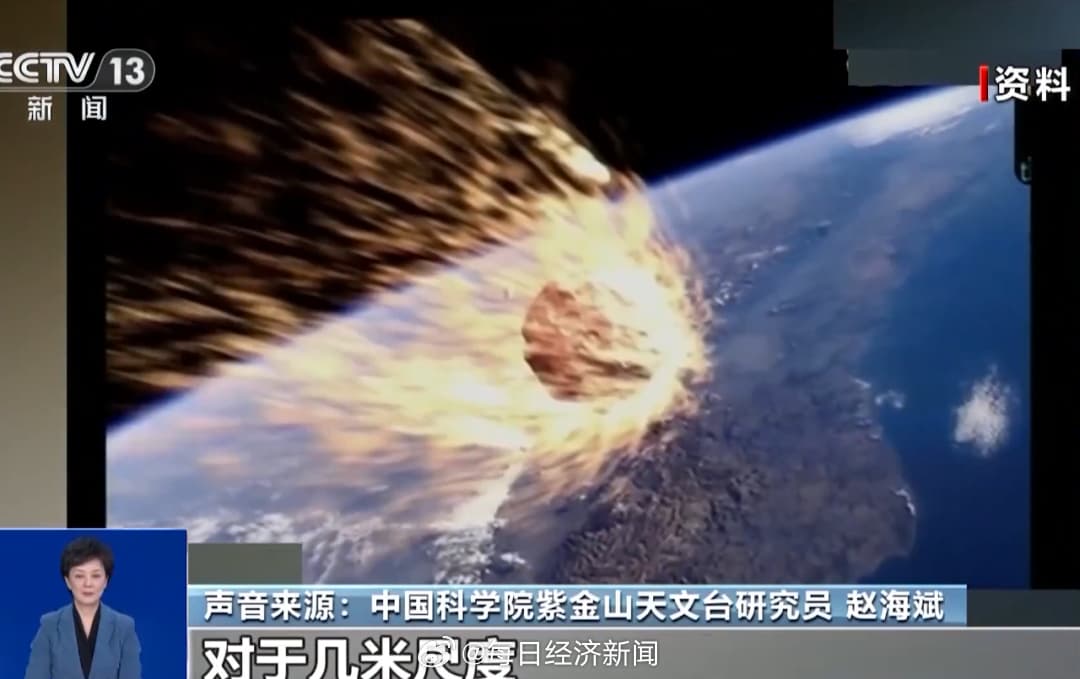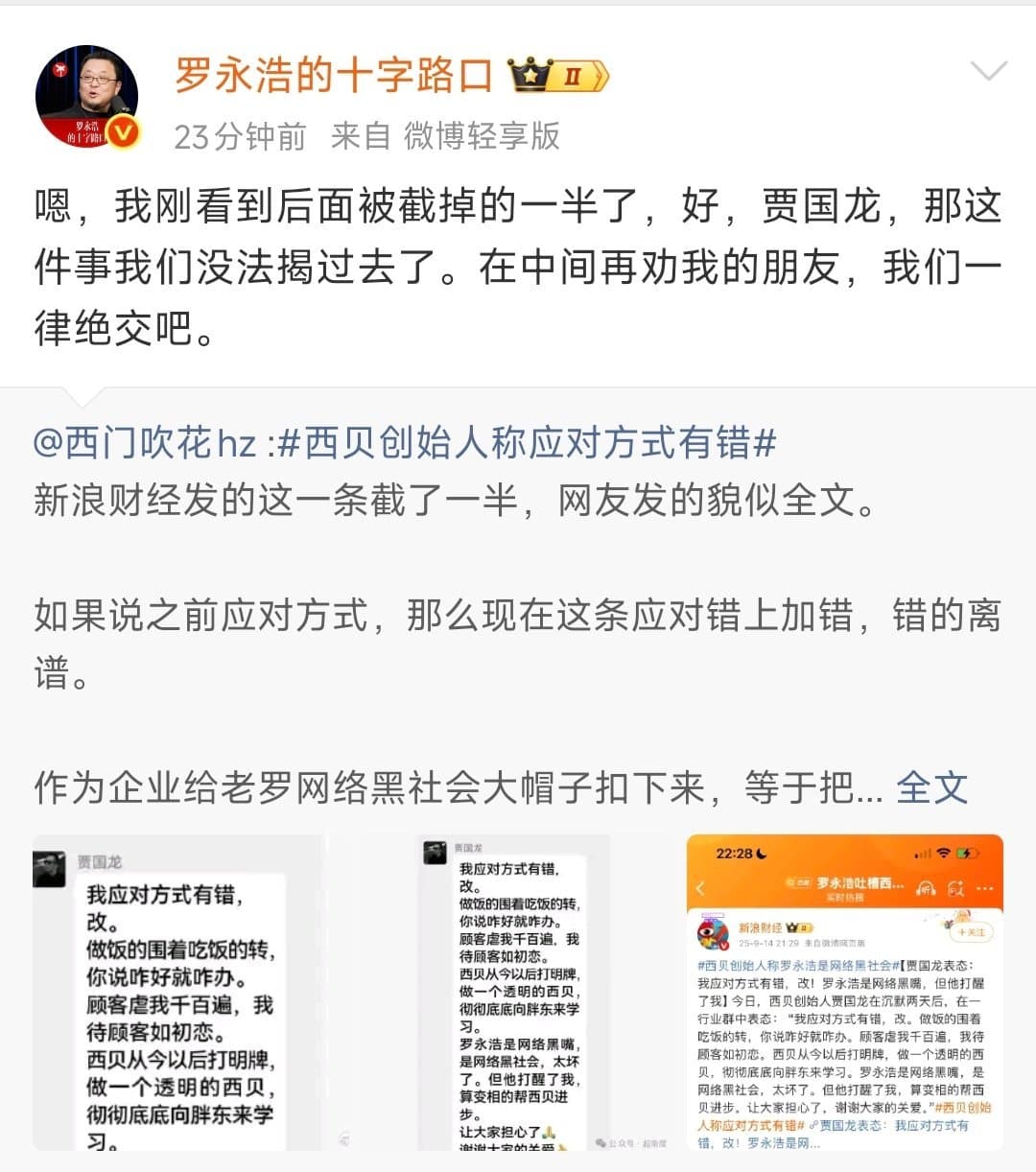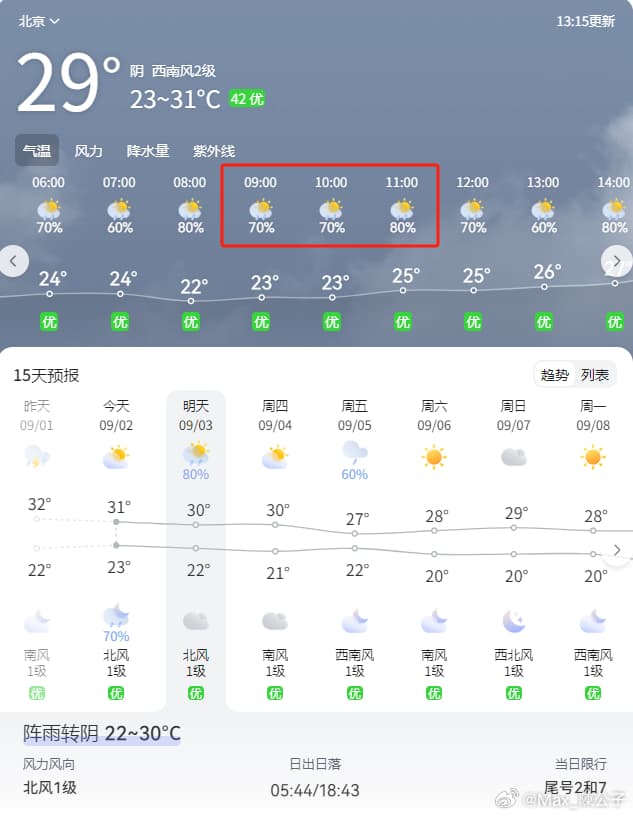UN Activates Planetary Safety Protocol Amid Asteroid Collision Threat
In a historic move, the United Nations has activated its Planetary Safety Protocol for the first time in response to a potentially hazardous asteroid that may collide with Earth. The asteroid, designated as 2024YR4, is estimated to be approximately 100 meters in diameter and is predicted to have a 1.6% chance of impacting Earth in less than 7 years. This asteroid, roughly the size of a football field, has prompted international concern and a coordinated response from planetary defense agencies worldwide, including the United Nations.

7 February 2025
The discovery of 2024YR4 in December 2024 by the Asteroid Terrestrial-impact Last Alert System (ATLAS) in Chile marked the beginning of intense scrutiny and calculation of its orbit. Initial estimates suggested a 1% chance of impact, which has since been revised to 1.6% by the European Space Agency (ESA), prompting the United Nations to initiate its Planetary Safety Protocol. The protocol encompasses a comprehensive set of mechanisms and adherence guidelines designed to ready the Earth for potential asteroid collisions. Among the inaugural steps undertaken is the convening of a meeting between an international expert group from the United States National Aeronautics and Space Administration (NASA) and astronomers and space specialists from the European Space Agency. This collaborative effort is focused on discussing and devising effective countermeasures and defensive strategies against asteroid threats.
In the face of the potential threat posed by the 2024YR4 asteroid, international cooperation and swift action are crucial. With a calculated impact probability of 1.6%, the risk may be considered low, but the potential devastation, including massive destruction and the triggering of tsunamis, necessitates a proactive approach. To this end, planetary defense space agencies around the world are engaged in vigilant monitoring of the asteroid's dynamics. This surveillance is complemented by the development of sophisticated defense systems designed to deflect or disrupt the asteroid, should its trajectory confirm an impending collision with Earth. While the chances of an impact are presently deemed low, the concerted effort to prepare for and potentially prevent such a catastrophe underscores the global commitment to planetary safety and the mitigation of existential threats. The success of NASA's Double Asteroid Redirection Test (DART) mission in 2022 demonstrated the feasibility of altering an asteroid's path, offering hope for the development of effective countermeasures against future threats. With the international community united in its pursuit of planetary safety, the response to 2024YR4 represents a critical step towards a more secure and resilient future for all.

Comments



Share this article
Related Articles

Xi Jinping Elevates Cybersecurity to Core National‑Security Pillar, Driving China’s Quest for a Cyber Superpower
By Trending on Weibo
News & Politics
15 Sept 2025

Luo Yonghao vs. Xibei: Celebrity Entrepreneur Sparks Media Storm Over Pre‑Made Dishes and Calls for Transparency
By Trending on Weibo
News & Politics
15 Sept 2025

Weibo Celebrates Autumn Harvest as China’s Fields Become the Nation’s Most Beautiful Canvas
By Trending on Weibo
News & Politics
15 Sept 2025
China Enacts First Comprehensive Rental Regulations to Legalize and Stabilize the Rental Market
By Trending on Weibo
News & Politics
15 Sept 2025

Beijing’s Weather Emerges as a Barometer for China’s Climate Policies and Public Life
By Trending on Weibo
News & Politics
13 Sept 2025